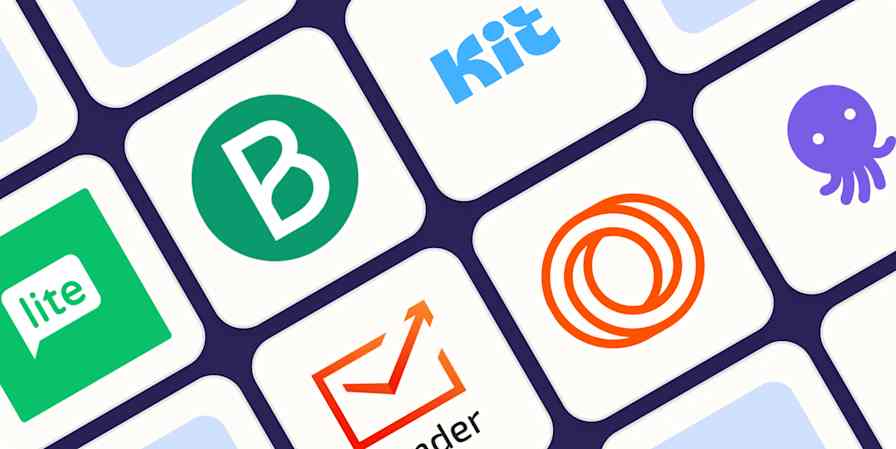Marketing tips
7 min readImprove your email deliverability with these 7 tips
By Sam Molony · September 7, 2021

Get productivity tips delivered straight to your inbox
We’ll email you 1-3 times per week—and never share your information.
mentioned apps
Related articles
Improve your productivity automatically. Use Zapier to get your apps working together.








